Durham University – Lower Mountjoy Teaching and Learning Centre
FaulknerBrowns Architects designed the Lower Mountjoy Teaching and Learning Centre for Durham University in Durham, England.
In the Lower Mountjoy Teaching and Learning Centre a top-lit central courtyard forms the social and circulation hub of the building giving access to the café, 250 and 500 seat lecture theatres, seminar spaces and project rooms. A diverse mix of teaching spaces surrounds the lecture theatres, supporting traditional seminars as well as macro-collaboration and micro-collaboration pedagogies. Cellular project rooms provide an extremely valuable ‘workplace like’ environment for self-guided group work and support innovative pedagogies such as flipped learning.
The vaulted top floor of the centre provides an extensive ‘learning commons’ with a broad range of settings for focused, contemplative, active and collaborative learning. Full height windows provide views to the surrounding mature landscape and glimpses of the iconic cathedral.
Durham is an historic city and its UNESCO World Heritage Site, containing the cathedral and castle, exerts a strong influence over the character of the university estate. The site chosen for the teaching and learning centre is situated on the edge of the city centre, adjacent to a conservation area and within view of the World Heritage Site.
In this highly sensitive location the incorporation of an 8,000m2, three storey building presented a challenge. To ensure the new centre integrated sensitively with the urban fabric, the overall building volume was broken down into an assemblage of smaller repeated elements to relate more closely to the prevailing grain of the city.
A three-storey module with a 15x18m footprint was established as the building block from which the centre was formed. Each module has two façade types: a ‘fenestrated’ façade generally on the long face, and a ‘gable’ façade to the short face. Each module is capped by an asymmetric pyramidal roof with a central rooflight. Twelve of these modules, rotated and handed, create the overall plan layout and building volume, with one of the central elements being ‘removed’ to create a focal internal courtyard.
The dynamic roof profile not only delivers complexity and interest in the external form, it also creates a series of dramatic top-lit ceiling coffers to the upper level learning commons – a modern interpretation of the traditional reading room. The pyramidal roofs are finished in traditional standing seamed zinc sheet to contrast with the tones of the brickwork below and respond appropriately to the conservation setting.
Thin film photovoltaics embedded within the courtyard roof glazing, together with a combined heat and power unit, make a significant contribution to onsite renewable energy generation. A mixed-mode ventilation strategy is also employed. Natural ventilation is provided from the louvre panels next to the windows, controlled by the Building Management System. Transfer grilles in the rear of the teaching spaces exhaust warm air to the atrium where it is discharged through the rooflights via natural stack effect.
Since opening for the start of the 2019-20 academic year the building has established itself as a hugely popular facility for teaching and learning, which has been embraced by students and academics alike. The centre is helping the university realise its global ambition to be at the forefront of innovations in the teaching and learning experience, enabling the adoption of new and innovative pedagogies, and becoming a focal venue for academic life.
Architect: FaulknerBrowns Architects
Photography: Jack Hobhouse, David Cadzow, Kristen McCluskie

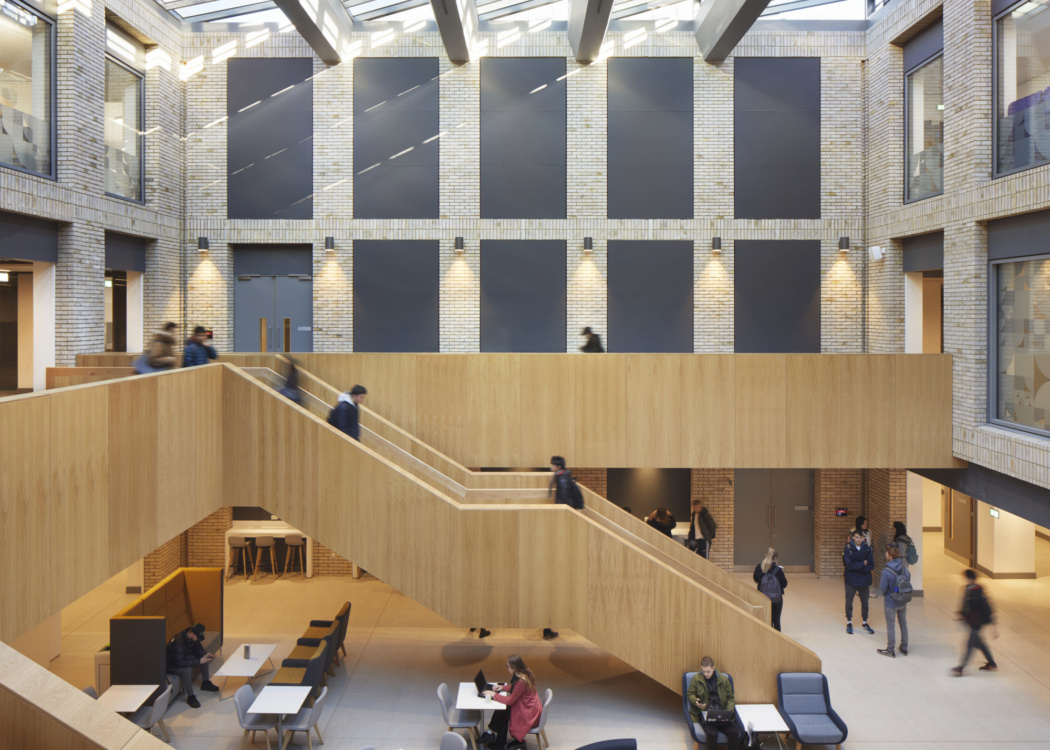
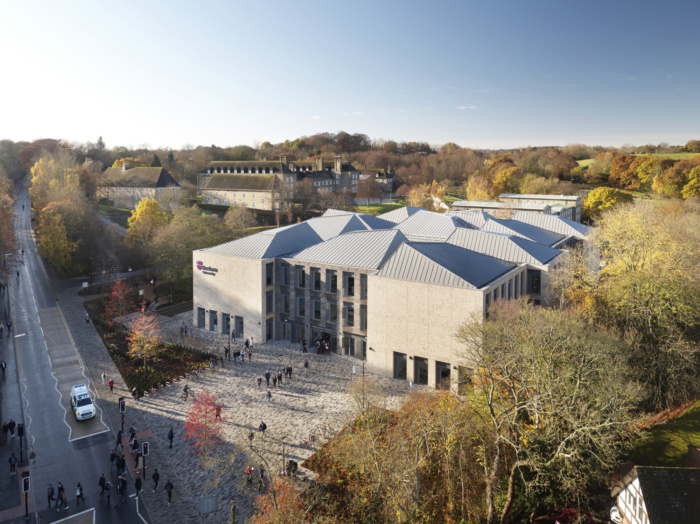
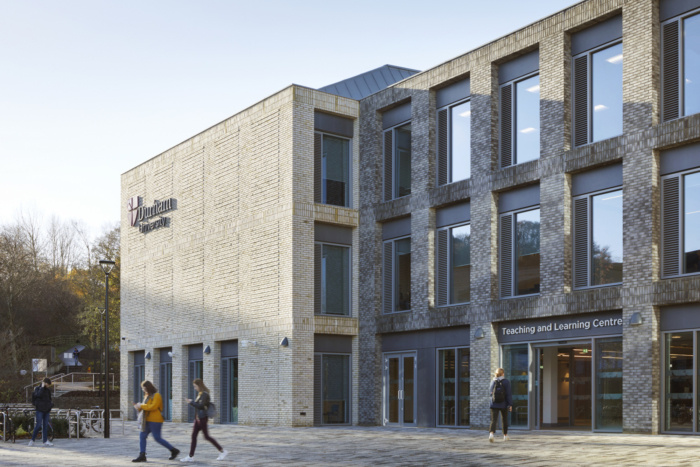
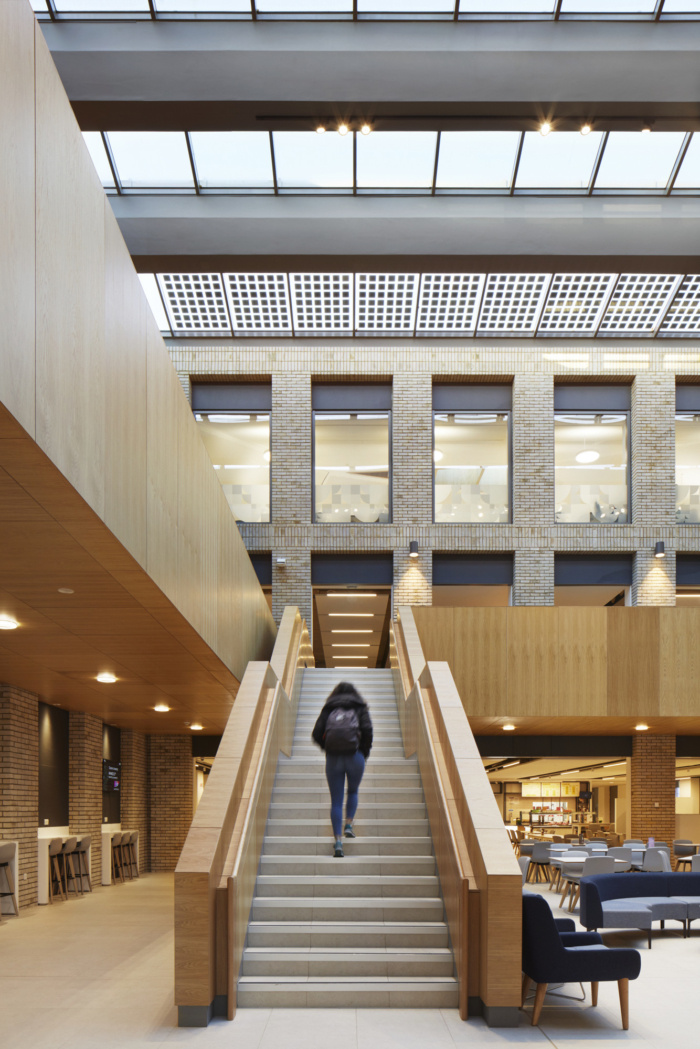
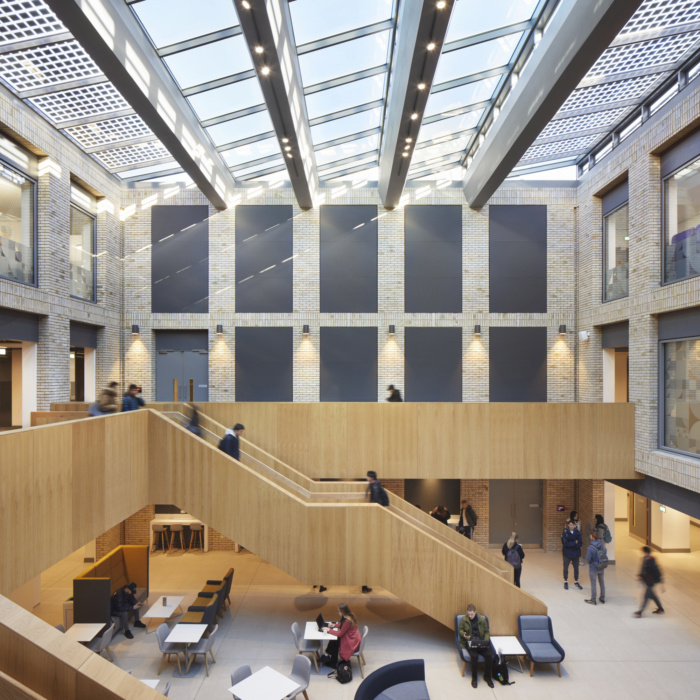
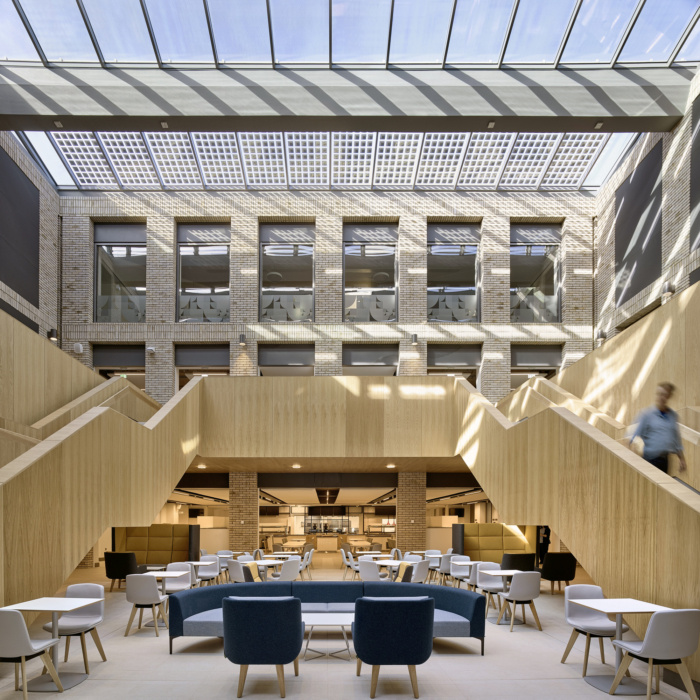
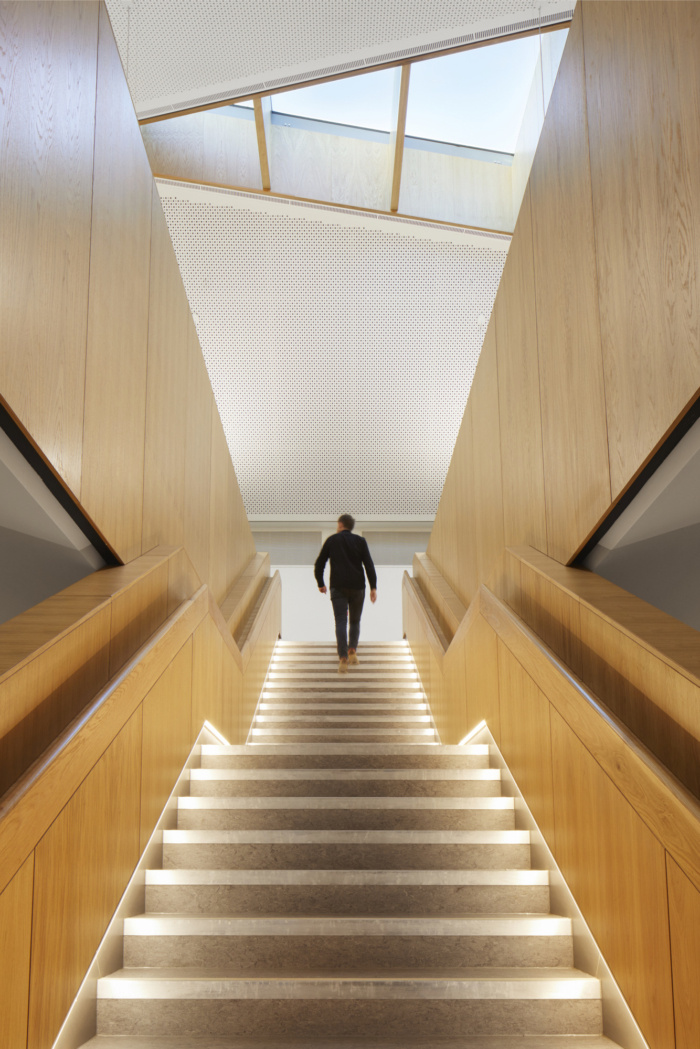
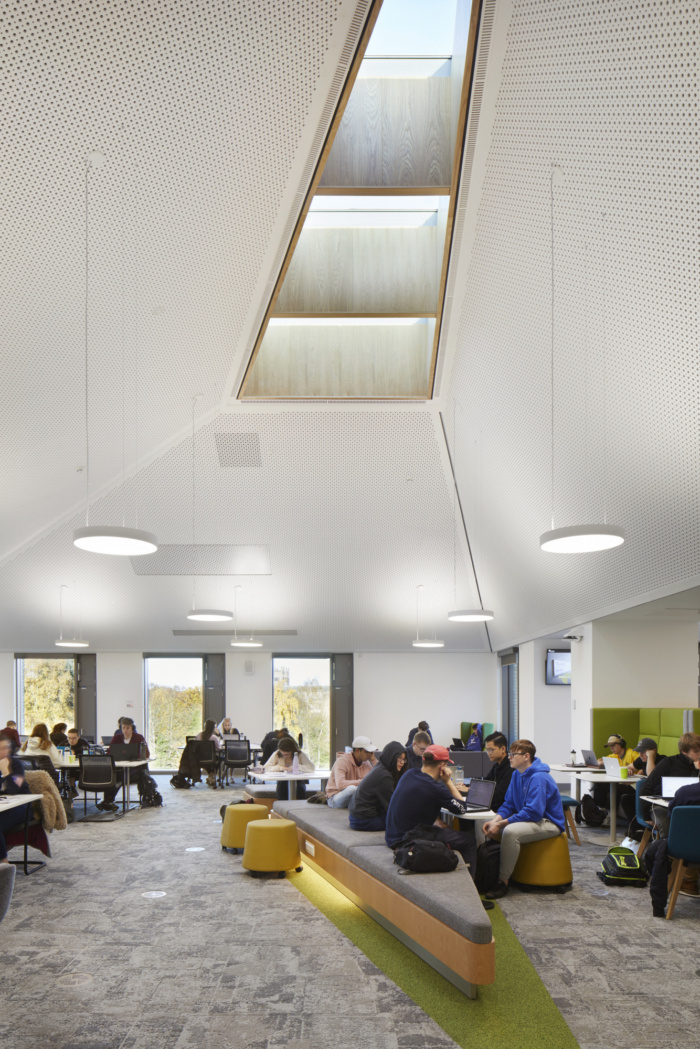
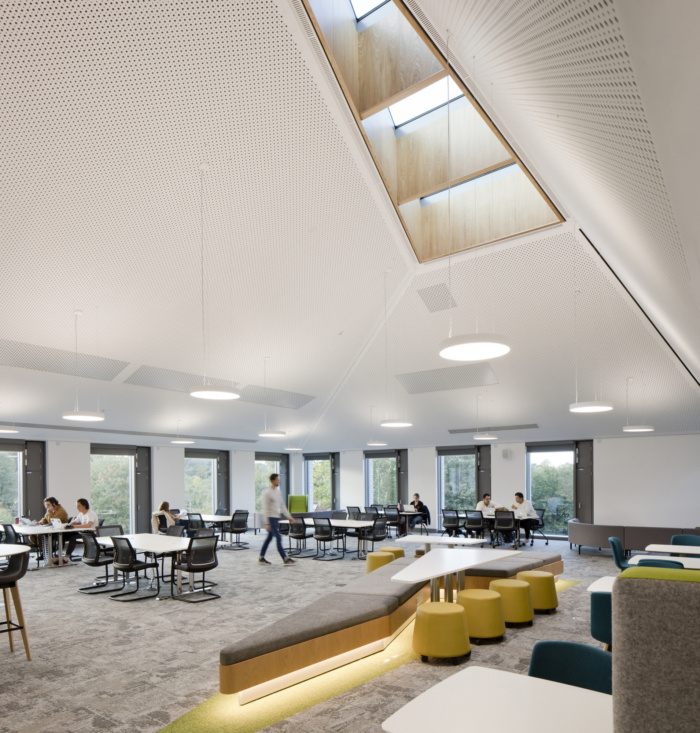
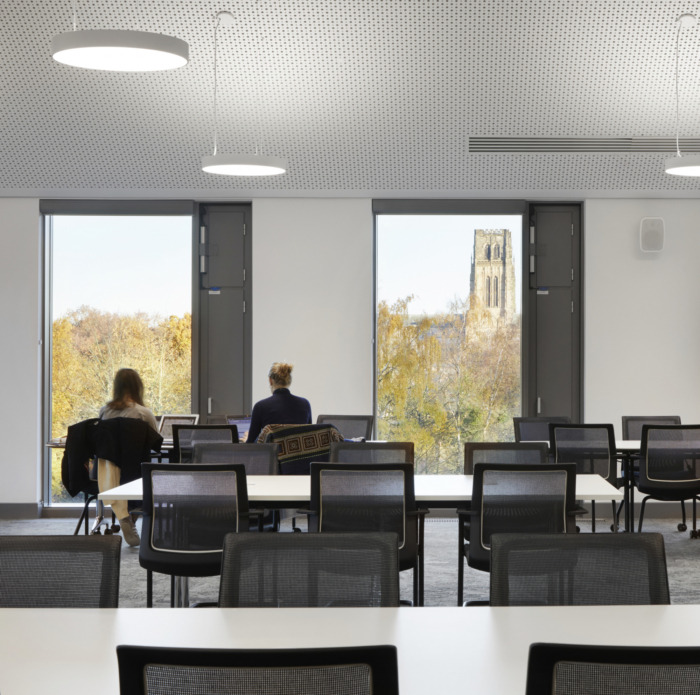
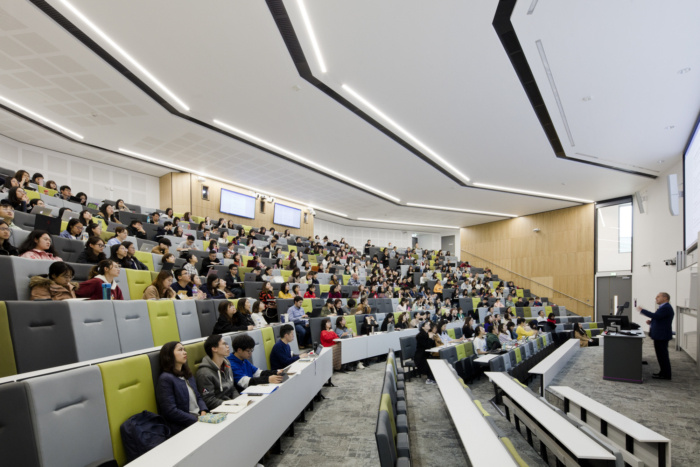

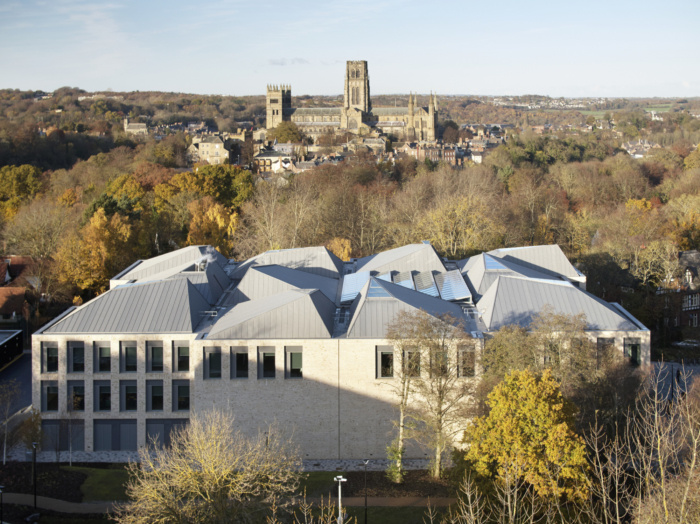
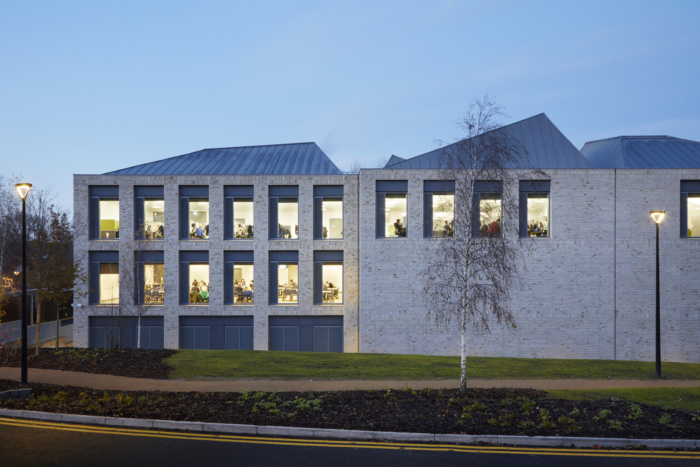



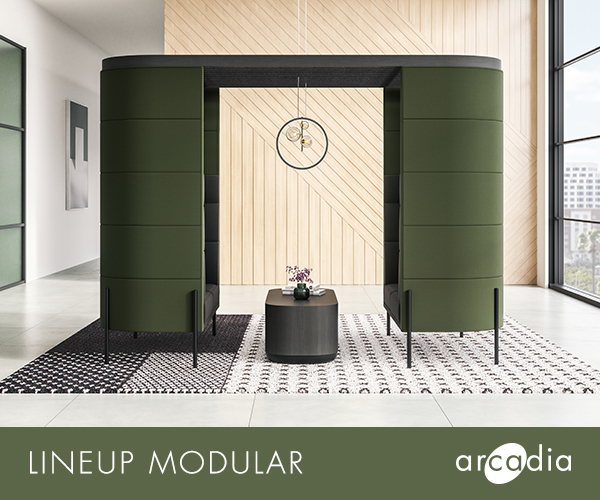
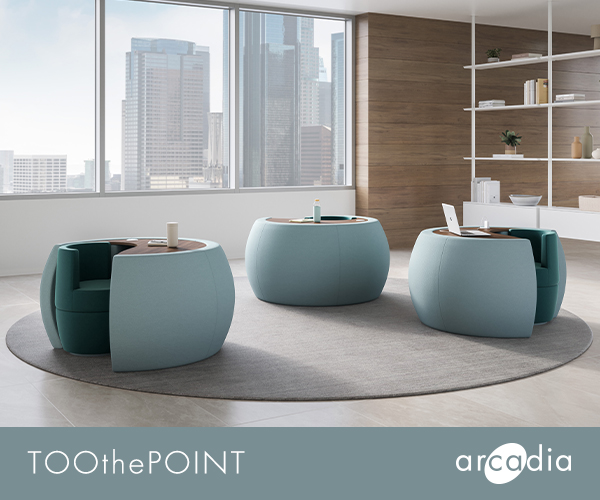




Now editing content for LinkedIn.